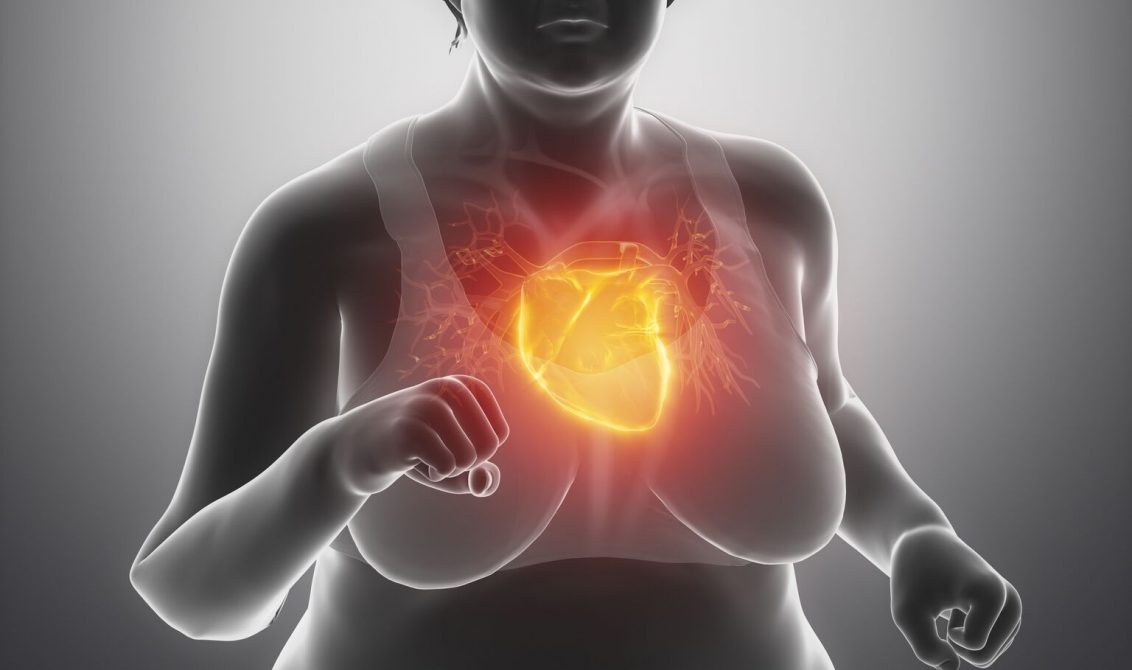
There’s a condition you’ve probably never heard about, which is extremely dangerous and increasingly common in Africa.
Metabolic syndrome, also known, as Syndrome X is a group of conditions — high blood pressure, high blood sugar, excessive body fat around the waist, and high cholesterol levels — that occur in combination, increasing your risk of developing diabetes, stroke, and heart disease.
Metabolic Syndrome

You must have at least three of these conditions together, to get a diagnosis of metabolic syndrome. Metabolic Syndrome doubles your chances of a heart attack or stroke and makes you five times as likely to develop diabetes.
Think of it as a warning sign, the calm before the storm of a heart attack, stroke or diabetes. Except a fat waistline, which is visible, the conditions that make up the syndrome have no symptoms . That’s what makes it so alarming.

Once thought of as rare in Africa, do you know that now, up to one out of every six Africans who live in cities has metabolic syndrome? The adoption of western lifestyles such as smoking, unhealthy fast foods, alcohol use, and physical inactivity in urban areas and to a slight extent in rural communities, is the by-product of improving economic development in many parts of Africa.
Obesity, being overweight with a big waist, and physical inactivity place you at risk for metabolic syndrome. “Evidence of good living” as Africans view it, is in reality, proof of poor health. Increasing age, family history of diabetes or diabetes during pregnancy, also increase the likelihood of developing metabolic syndrome.

Obesity cause s insulin resistance , a condition in which your body doesn’t respond to insulin, the hormone that helps you regulate blood sugar. Insulin resistance causes increased blood sugar level, one of the disorders in metabolic syndrome. Diabetes develops when insulin resistance persists and becomes irreversible.
A diagnosis of metabolic syndrome is not all doom and gloom. It means that you still have the opportunity to reverse and control your expanded waistline, mildly elevated blood pressure, high blood sugar, and cholesterol level before you develop full-blown diabetes or heart disease.
The following simple lifestyle changes can reverse metabolic syndrome if you practice them conscientiously:

- Daily exercise – at least 30 minutes of moderate exertion
- Healthy eating
- Eliminate alcohol
- Stop smoking
- Stress management
Look around you, more and more men and women over 30 years are overweight. There are reasons why life expectancy in Africa is significantly below that in the developing world. Sadly today, it’s not just because of infectious diseases but also due to non-communicable diseases like diabetes and cardiovascular disease. Paying attention to obesity and large waistlines is important.
If you have at least one component of metabolic syndrome, ask your doctor whether you need testing for other conditions of the syndrome.

